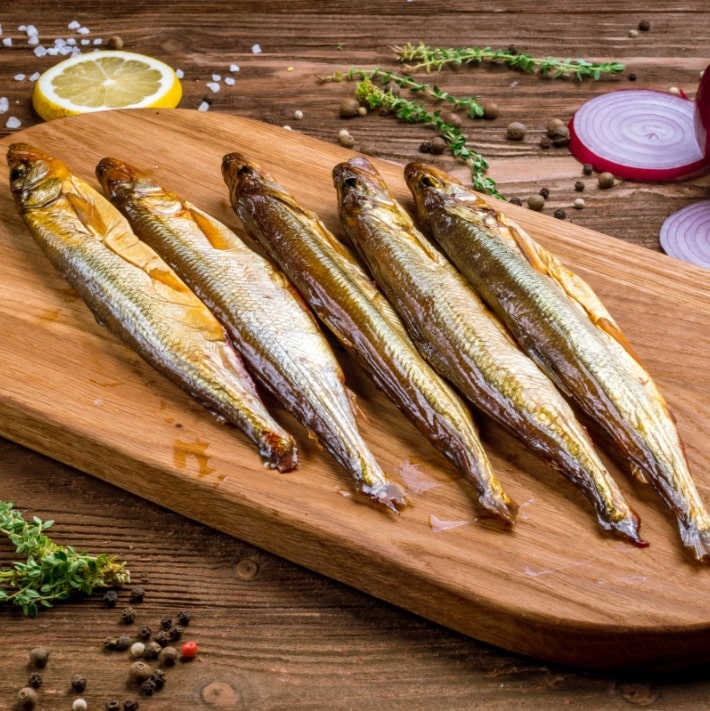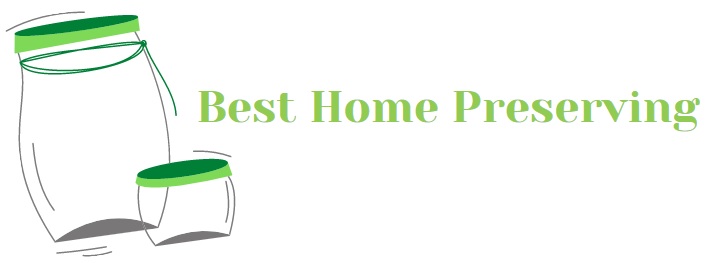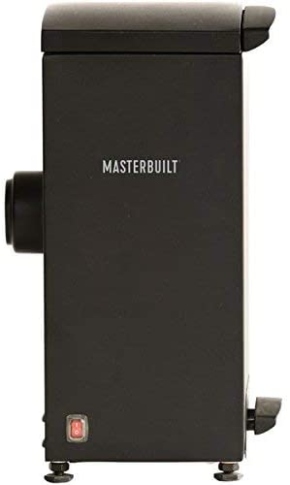Quick Content Navigation
What Is Cold Smoking
Cold smoking is an ancient technique of food preserving especially for storing meat. Tribes would kill a beast and needed to find ways to have this much-needed protein last the winter. Smoke has antibacterial properties and contains antioxidants.
This would include wild game, fowl, and very often fish. In more modern times, many farms had a “smokehouse” specifically for smoking and storing meat and meat products.
The process of cold-smoking meats will always require curing before you begin. This draws out moisture from the food to prevent bacterial growth and creates an outer crust. It involves low heat smoke to impart the flavor into food that remains moist but uncooked.
Using a hot smoker means cooking and flavoring at the same time. However, cold smoking does not cook your food – it imparts flavor and kills bacteria.
Think salami, sausage, smoked trout or salmon, ham, and bacon. Indeed, add to this list cheese, vegetables, nuts, garlic, tofu, and even some fruits.
The Difference Between Cold and Hot Smoking
That is a great and commonly asked question. The 2 food smoking methods are vastly different and used for different purposes.
Basically, hot smoking cooks and flavors food for immediate consumption. There is a true religion surrounding BBQ and flavors and for some, this is a lifetime passion. The food is cooked in the same chamber as the heat is produced at around 140-300 degrees.
Cold smoking preserves food, usually meat which has been cured so that it lasts for months without spoiling. The whole process can take days to weeks if you include the curing.
Separate chambers are required for the healing process and where the food is being smoked. In this process, the temperature of the smoking chamber should not rise above 80 degrees.
Is Cold Smoking Safe?
The short answer is yes. However, the disclaimer is that there are many dangers with this food preservation method.
This process has been used by cultures for thousands of years. In some third-world countries, it is still a vital way to preserve meat and proteins. Indeed, the curing process of salts and/or brine kills bacteria and prevents the meat from going rancid.
The dangers are that curing may not kill off all bacteria that can live in meat. Also, the temperature within a cold smoking chamber can actually encourage bacterial growth if it is not precise.
The most common pathogens are Clostridium Botulinum causing botulism and Listeria Monocytogenes known as Listeria. Both of these infections can make you very ill indeed and in extreme cases may even cause death.
Some experts have said that modern meat factory methods have resulted in more bacterial contamination. With this in mind, it is important that you know exactly what you are doing to successfully preserve food with this method.
Furthermore, people who are potentially immunocompromised are advised to avoid cold-smoked fish products. This is due to the risk of Listeria and includes the elderly, children, pregnant women, and those chronically ill. This warning also covers products that are commercially produced.
So, do your research thoroughly if you are planning to use this method to preserve any meat products.
Curing Meat For Cold Smoking Preservation

We often cure food before starting the cold-smoking process and it is vital for meat. Although smoke contains antioxidant and antimicrobial particles, it is not enough for meat or fish preservation. That’s why we must cure and dry the food prior to smoke introduction.
Curing or salting refers to adding salt or brine that draws out almost all moisture from food via osmosis. This makes food inhospitable to bacteria so it remains spoilage-free helping to stay fresh longer.
Curing salts are readily available in the market, the most common ones being sodium nitrite and potassium nitrate.
Curing will allow smoke to penetrate better into the food for maximum flavor. It allows the storage of cold-smoked food without refrigeration for weeks and even months. Plus, curing and bringing improve and intensify the flavor.
Equipment Needed For Cold Smoking
When people talk about food smoking most commonly they mean BBQ or hot smoking to cook food. There are very few ready-made cold smoking machines as the heat source and smoking chambers are separate.
You use an external firebox and a pipe to pump the smoke into the chamber containing the food. This allows the smoke to cool so that the food remains uncooked yet preserved.
A vent is necessary to control the heat within the firebox and the amount of smoke produced.
Also, have racks within the smoking chamber to allow free airflow and maximize space. A vent to control the temperature within this chamber is also a great idea.
DIY Cold Smoker
Cold Smoking Accessory For Masterbuilt Food Smoker
If you are lucky enough to own a Masterbuilt Electric food smoker, you can purchase a cold smoking kit.
It attaches to the woodchip loading port and can deliver 6 hours of smoke.
The automatic feeder ensures even smoke production without having to reload.
Push-button lighting to instantly heat wood chips makes use simple and safe.
Easy cleaning with a removable tray to catch all the ash.
Ideal for cold smoking cheese, fish, jerky, and bacon.
Read our Best Food Smoker Reviews to learn which one would be best for you.
Designed for use with either hot smoking or cold smoking.
The hexagonal design keeps the smoker steady so that it doesn’t roll around the grill.
Lots of diffusion holes allow air in and ensure the pellets stay lit and burn fully.
12 inches long it holds enough pellets for up to 5 hours of consistent smoke.
With pellets or chips, the manufacturers claim that you can turn any grill into a cold smoker. Just put the tube far enough away from the food you are smoking.
As cold smoking is designed to let smoke penetrate the food easily use lighter smoke woods. Cherry, peach, and apple give off a mild smoke with a slight fruity flavor. Maple imparts a somewhat sweet taste while alder offers light smoke with a touch of sweetness.
We do not recommend using cedar, spruce, or pine.
The smoke in this process can be generated by a combination of charcoal and wood. Charcoal conveys heat whereas wood offers flavor.
The goal is to have high smoke and low heat so experts recommend less charcoal to keep the temperature down.
Wood chips are a better choice than wood chunks as being smaller they need less time to smolder. This means smoke is produced quicker.
Temperature Requirements For Cold Smoking
The key to perfectly cold-smoked food is controlling the temperature. The recommended temperature for cold smoking is 68-86 °F.
When using an electric, propane or charcoal smoker keep the internal temperature below 110°F. You can achieve this by opening the chimney or intake damper by ½ inch.
Ideally, winter months are better for cold smoking with below 40 ̊air temperature. For hotter months, place water filled pans between food chamber and firebox to keep the inside temperature low.
Is Food Prepared By Cold Smoking Safe?

The dangers here are listeria and botulism. Cold smoked meat can be an ideal environment for anaerobic bacteria.
Curing and smoke’s low pH do inhibit microbes’ growth but may not kill them.
Therefore, the best way to ensure your meat and fish is free from bacteria is to cook it properly before eating.
Cook cold-smoked meat products until they reach an internal temperature of 140 ̊F at its thickest point. This will ensure all bacteria or parasites are eliminated.
Verdict
Cold smoking is a tried and tested food preserving process that will prolong food storage life. It also offers the benefits of enhancing flavor and adding a smoky taste.
While it is one of the more difficult processes to get right, the taste sensations can be worth the effort.
Read more home preserving tips and tricks on our site.
Make sure to cook your cold smoked meats at high heat to remove any microorganisms present.
Our best advice is to start experimenting with safer products. Cheese, garlic, vegetables, tofu, and nuts are all enhanced with cold smoking.
Practice on these before you graduate with meat, fish, or processed products.





 Hi! I’m Sally-Anne!
Hi! I’m Sally-Anne!
Your style is very unique in comparison to other people I’ve read stuff from.
Thank you for posting when you have the opportunity, Guess I’ll just bookmark this page.
Please let me know if you’re looking for a article writer for your weblog.
You have some really great articles and
I feel I would be a good asset. If you ever want to take some of the
load off, I’d absolutely love to write some material for your blog in exchange for a link back to mine.
Please send me an email if interested. Thanks!